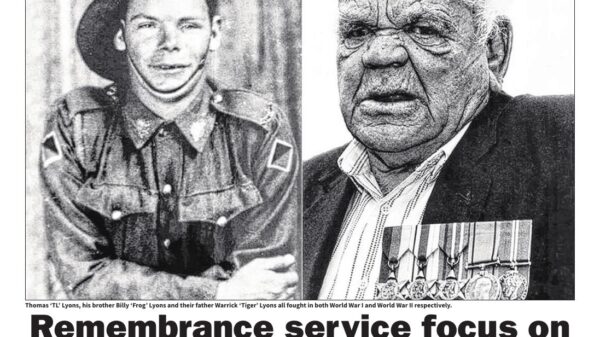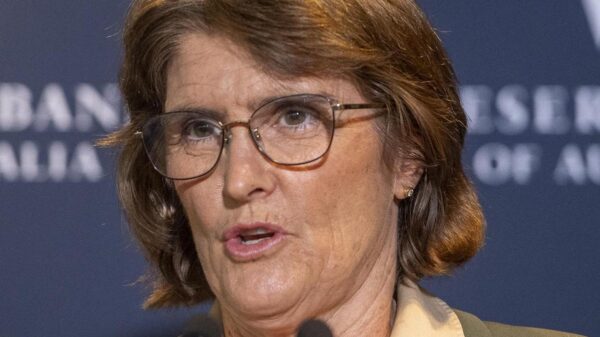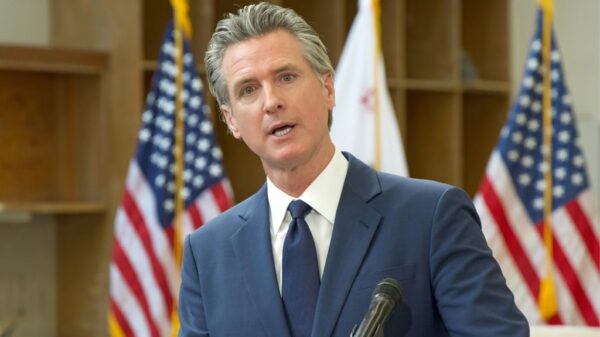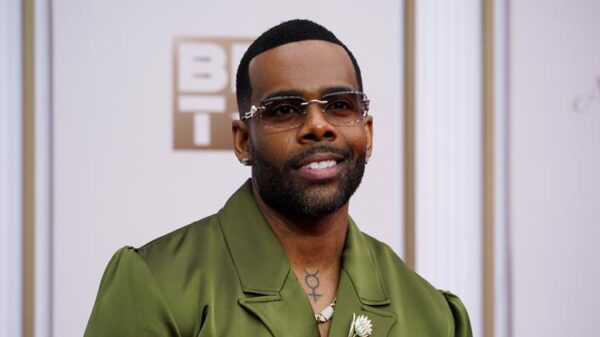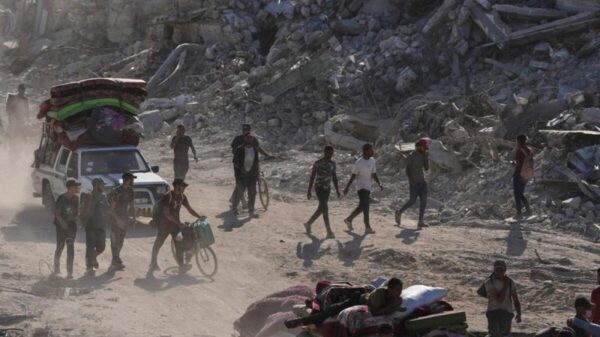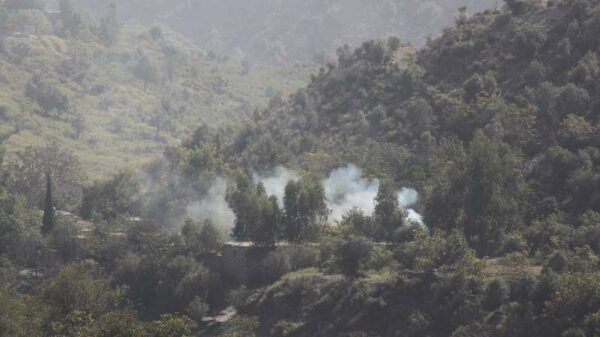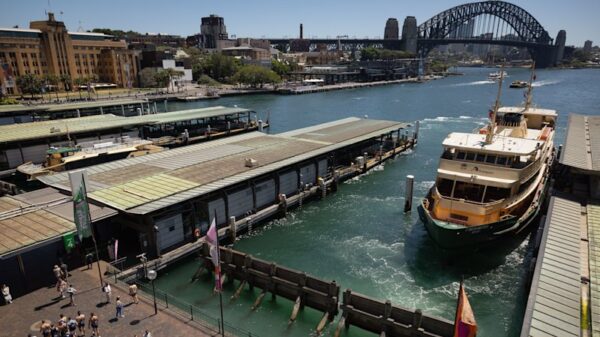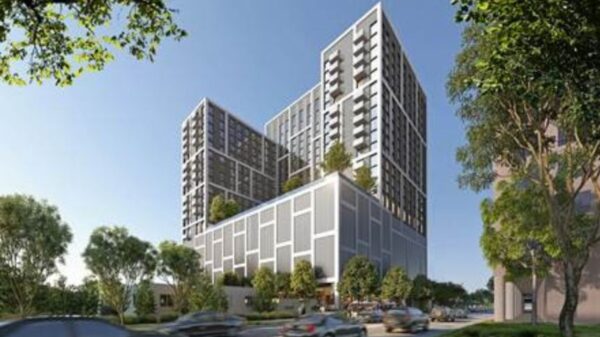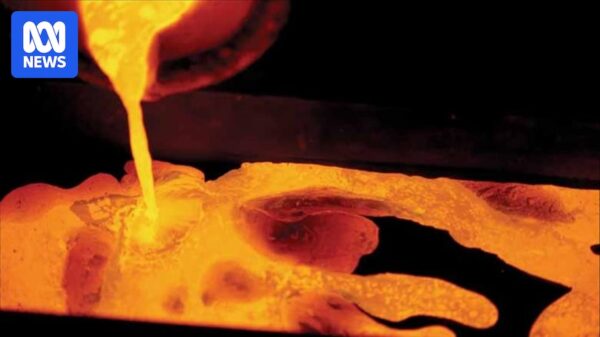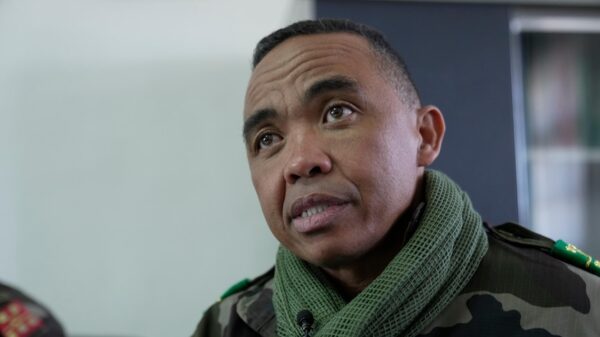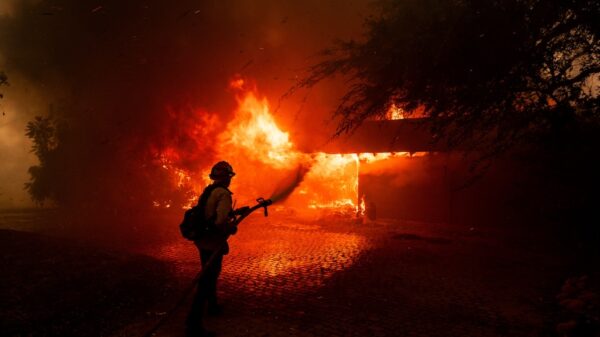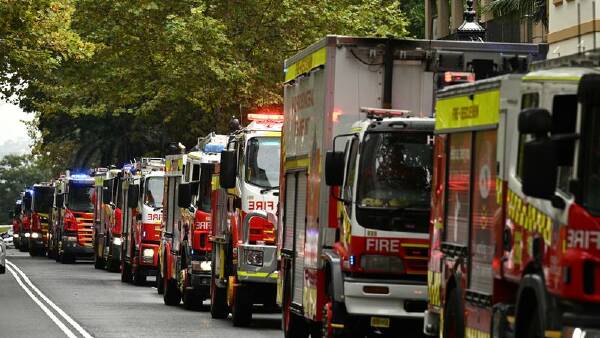Thousands of firefighters in New South Wales (NSW) will receive a significant pay rise of 14 percent over three years, backdated to February 2024, following a ruling by the NSW Industrial Relations Commission. This decision comes as the commission acknowledges the undervaluation of firefighters’ work, especially given their expanding roles in emergency services beyond traditional firefighting duties.
The ruling surpasses the 9 percent wage increase proposed by the Labor government, which re-established the stand-alone commission in July 2024. The commission stated that the work of firefighters is “currently significantly undervalued” due to historical factors. This wage increase is a notable shift in the balance of power in industrial relations, particularly in a state where labor disputes have often been contentious.
Union Response and Financial Implications
The Fire Brigade Employees’ Union (FBEU) hailed the decision as a positive step for firefighters who have been advocating for a 17 percent increase, citing a decade of wage suppression during previous administrations. Union representatives emphasized the broader responsibilities of firefighters, which now include search-and-rescue operations and responses to road crashes. This expanded role was recognized in the commission’s decision, which included a one-off increase of 2 percent to address cost-of-living pressures and an additional 3 percent for their competency in road crash rescue, deemed a “core function” by the commission.
Industrial relations expert Fiona MacDonald expressed hope that this ruling would challenge state governments’ justifications for resisting pay increases for public sector workers. She stated that if governments genuinely evaluated pay claims, unions would not need to resort to the commission for arbitration.
Despite this optimism, some analysts remain skeptical about a shift in government attitudes regarding financial constraints. John Buchanan, a professor at the University of Sydney, pointed out that the concept of “capacity to pay” will likely continue to influence wage negotiations. He noted that unions may still need to engage in collective bargaining and arbitration to secure fair wages.
Political Reactions and Future Outlook
The decision has drawn varied reactions from political figures. Shadow Treasurer Damien Tudehope, an architect of the previous government’s 2.5 percent wage cap, criticized the current Labor government for relinquishing control over its budget. He asserted that the commission exercised its “unshackled power” by disregarding the government’s financial arguments.
On the other hand, Sophie Cotsis, the NSW Industrial Relations Minister, welcomed the ruling as a means of providing wage certainty for firefighters. She emphasized that the Labor government was elected with a mandate to address recruitment and retention challenges in essential services, a commitment reflected in this wage agreement.
As other public sector unions, including those representing doctors, nurses, and psychiatrists, continue to seek higher wages, the outcome of this ruling may set a precedent for future negotiations. With ongoing arbitration at the commission, these unions have previously resorted to striking, indicating a growing frustration with the pace of wage negotiations.
The NSW firefighters’ pay increase signals a significant change in the landscape of labor relations in the state, with potential ripple effects across various sectors. As the situation evolves, the focus will remain on how the government and unions navigate these complex financial and social dynamics.


